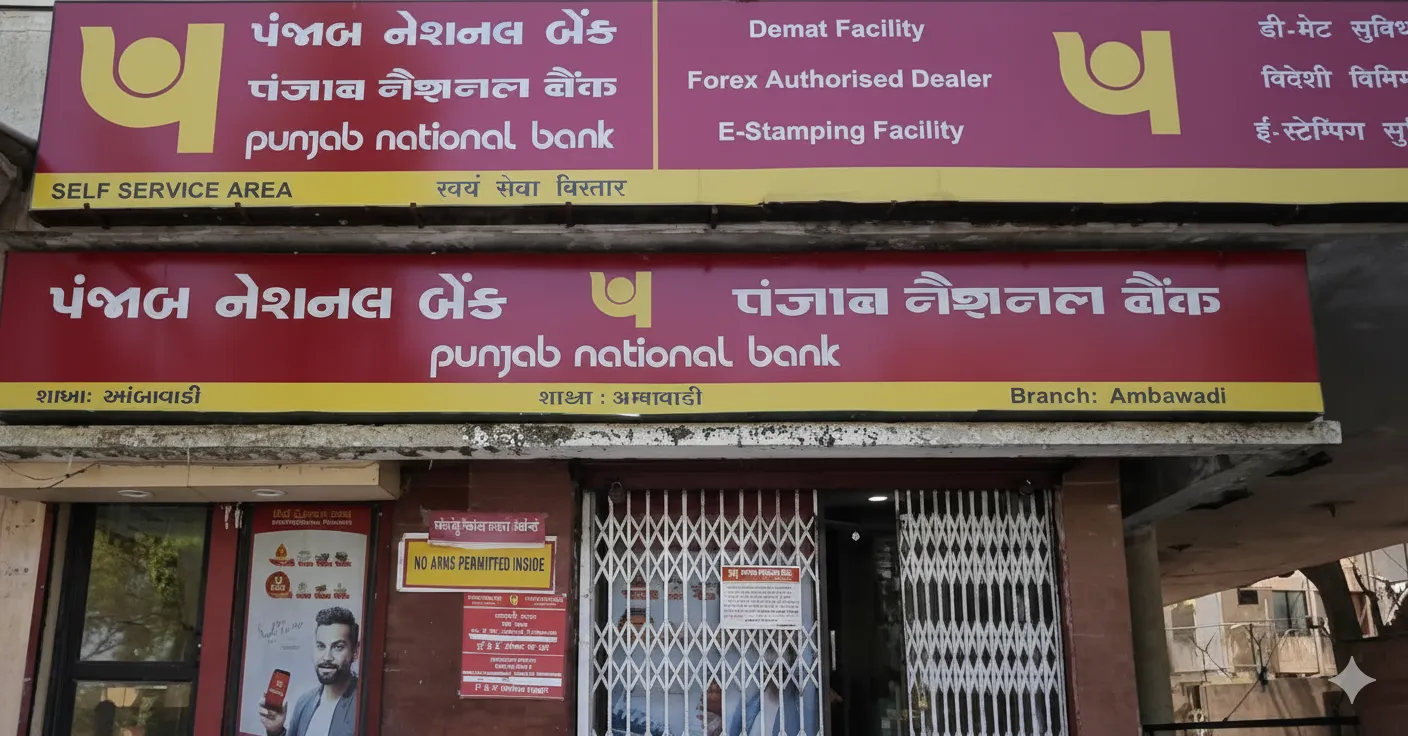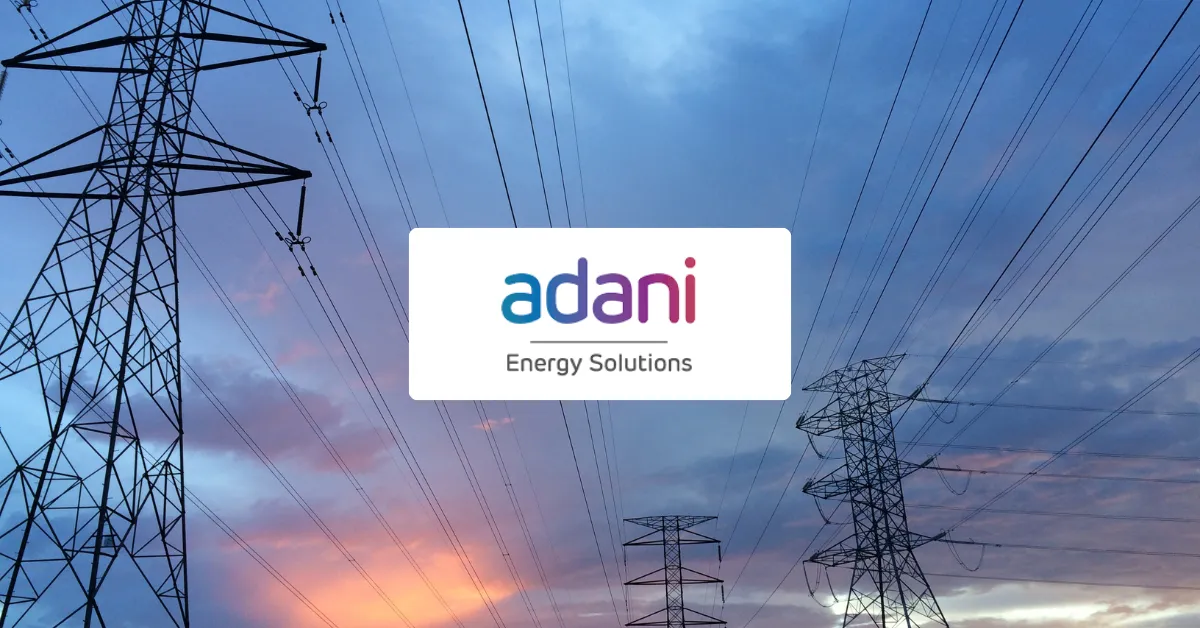Punjab National Bank (PNB), one of India’s leading public sector lenders, announced its Q2 FY2026 (July–September 2025) financial results on October 18, 2025. The quarter reflected steady business growth, improving asset quality, and strong profitability, even as margins faced mild pressure due to rising deposit costs.
Backed by robust loan growth, healthy recoveries, and a focus on operational efficiency, PNB continues to strengthen its position among India’s top-performing public sector banks.
In this article, we’ll take a closer look at PNB’s Q2 FY2026 results, analyzing its key financial highlights, asset quality trends, and future outlook.
Key Highlights
| Metric | Q2 FY26 | Q2 FY25 | YoY Growth |
|---|---|---|---|
| Revenue (Total Income) | ₹36,214 crore | ₹34,460 crore | +5.1% |
| Net Profit | ₹4,904 crore | ₹4,303 crore | +14.0% |
| Operating Profit | ₹7,227 crore | ₹6,850 crore | +5.5% |
| Net Interest Income (NII) | ₹10,469 crore | ₹10,517 crore | -0.5% |
| EPS (₹) | 1.24 (approx.) | 1.09 (approx.) | +13.7% |
Highlights:
- Net profit surged 14% YoY, aided by provision write-backs of ₹639 crore.
- Asset quality strengthened significantly, with Gross NPA improving to 3.45% and Net NPA to 0.36%.
- NIMs faced slight compression to 2.72% (domestic) due to rising funding costs.
Management Commentary
The bank’s management emphasized continued improvement in financial performance and credit quality. PNB attributed the strong profit growth to disciplined cost control, better recoveries, and reduced slippages.
“Our asset quality has shown consistent improvement, and the credit growth momentum remains strong. We expect NIMs to improve in the coming quarters as deposit repricing stabilizes,”
said Atul Kumar Goel, MD & CEO of Punjab National Bank.
Segment Performance
- Corporate Banking: Moderate growth, supported by steady loan demand from infrastructure and manufacturing sectors.
- Retail & MSME: Retail loan book grew 12% YoY, led by housing and personal loans.
- Agriculture & Priority Sector: Continued focus on rural lending; semi-urban branches contributed over 60% of new loans.
- Digital Banking: Transactions through digital channels grew 31% YoY, with 94.97% of total transactions being digital.
Market Reaction
Following the announcement, PNB’s stock rose 4.6% to close at ₹118.92 on October 20, 2025, reflecting investor optimism over asset quality improvements and profit momentum. Prior to the results, shares were trading around ₹113.75–₹113.90.
Peer Comparison
Compared to other major PSU banks like SBI and Bank of Baroda, PNB’s Q2 FY26 performance stood out for its strong profit growth and improved capital adequacy. While SBI reported higher NIMs, PNB’s sharp reduction in NPAs and healthy capital ratio of 17.19% indicate a solid turnaround trajectory.
Future Outlook
PNB expects FY26 to be a year of steady growth, focusing on credit expansion, margin recovery, and further NPA reduction.
- Credit growth guidance: 11–12%
- Gross NPA target: Below 3% by FY26-end
- Focus areas: Retail, MSME, and digital transformation
- NIM trend: Expected to recover from Q3 FY26 as deposit repricing benefits materialize.
FAQs
Q1. What was PNB’s net profit in Q2 FY26?
PNB reported a net profit of ₹4,904 crore, up 14% YoY from ₹4,303 crore in Q2 FY25.
Q2. Did PNB beat market expectations?
Yes, the profit and asset quality performance exceeded expectations, though NII saw a marginal decline.
Q3. How did PNB’s margins perform?
Net Interest Margin (NIM) dipped to 2.72% (domestic) from 3.06% due to higher funding costs but is expected to improve in the coming quarters.
Q4. How strong is PNB’s balance sheet?
Capital Adequacy Ratio (CRAR) improved to 17.19%, well above regulatory requirements, supported by strong Tier-1 capital of 14.41%.
Conclusion
Punjab National Bank’s Q2 FY26 results reflect a robust improvement in profitability and asset quality, signaling strong operational discipline. While NIM compression remains a short-term concern, the bank’s healthy capital position, digital momentum, and reduced NPAs provide a solid foundation for sustained growth through FY26.
Sources: PNB Investor Presentation









